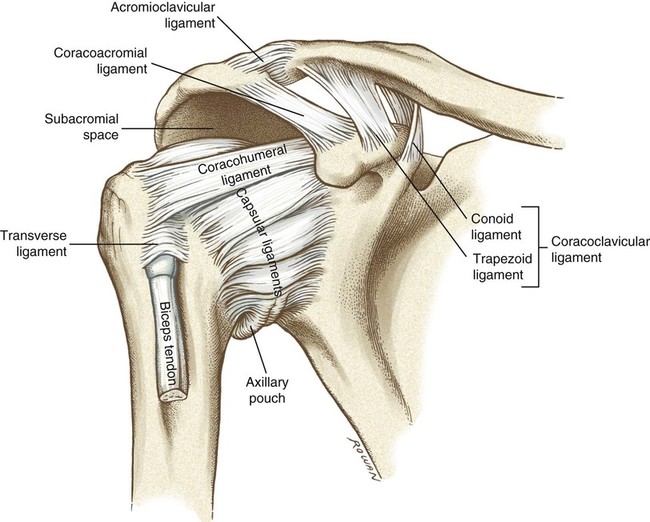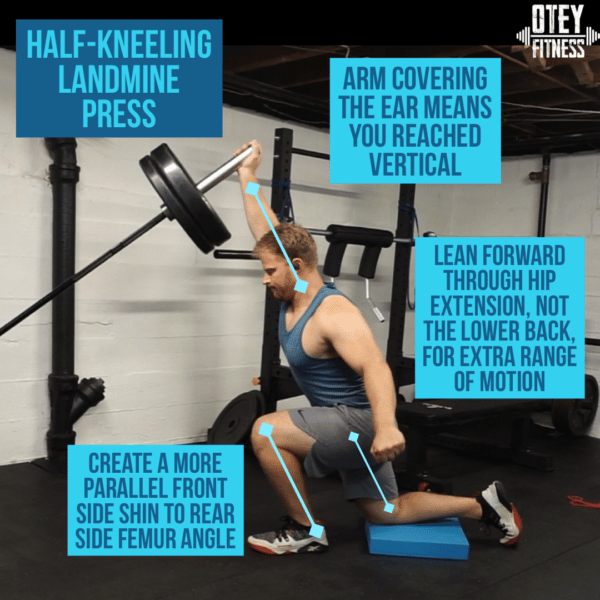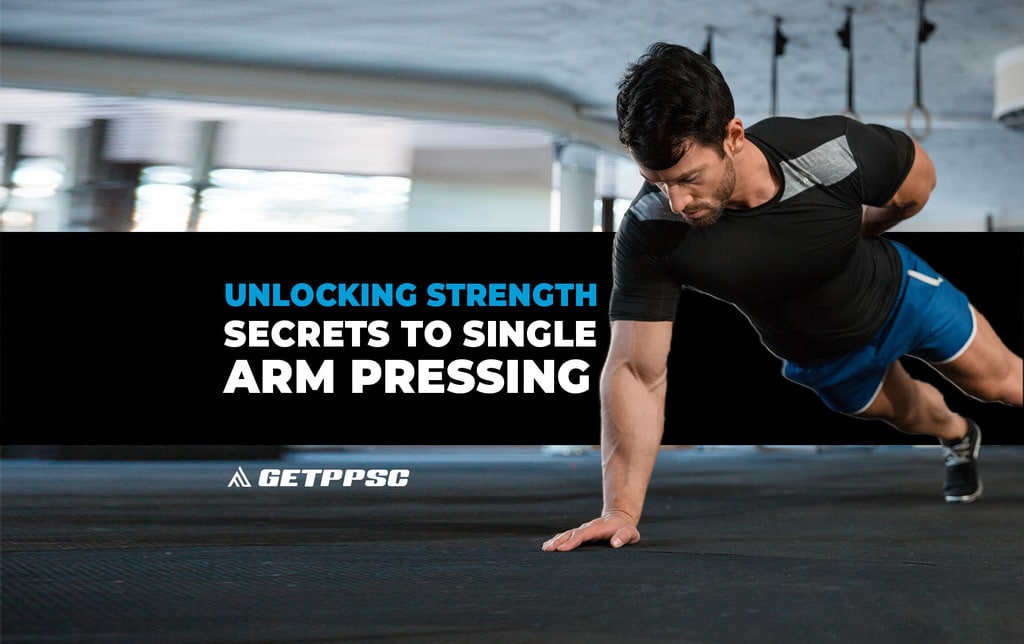There isn’t a super secret formula to getting really strong. I mean, there may be some techniques here and there that people debate about but when you look at it from a bird’s eye view, it’s all very similar. If you want to get strong you are going to need to strength train, choose appropriate exercises, stay away from injury to remain consistent, and bring up your weak spots. And if we are being honest with ourselves, the traditional old-school barbell training approach to building strength has brought on more injuries than we feel comfortable acknowledging.
I say that from the perspective of a card-carrying member of the Meathead’s of America club (completely fictional but should be real). Barbell training isn’t a bad thing but it can be if you are only sticking with one method of addressing strength. Without the proper roster of exercises, modalities, and protocols you inadvertently place yourself into a space of potential overuse and injury.
We push extensively more than we pull in our routines. This is for a number of reasons but the key takeaway is this imbalance of movement feeds lopsided pressure on the body. We are born with asymmetries and we create asymmetries on our own. And if we are looking to build muscle while preserving the joints we ask so much demand from, focusing on single arm pressing motions may be the key to unlock pain-free movement.
PRESSING MECHANICS
Pressing movements add an increased level of stress on the joints involved – mainly the Shoulder. The shoulder carries the burden of facilitating almost all of our upper body functions. Some think that isn’t too big of an ask because, well, our shoulders were made to accommodate this level of movement and stress, right? Not exactly.

The shoulder joint should be categorized as a sector of the body rather than the single joint we identify it as today. The Shoulder Complex is a true team effort to full upper body function. The four “joints” that make up the shoulder complex are:
- Glenohumeral Joint – The Glenohumeral joint is what is commonly identified as the shoulder joint. This ball and socket joint is the meeting of the humerus (upper arm bone) and the Glenoid Fossa (portion of the Scapula). This relationship is highly important for proper movement of the upper limb but lacks stability in its quest for mobility. This is why the “shoulder joint” is supported by tendon’s, ligament’s, and the rotator cuff to create some semblance of a stable situation.
- Acromioclavicular (AC) Joint – The AC joint is the meeting of the Acromion Process (part of the scapula) and the lateral portion of the of the Clavicle (collar bone). This key junction is responsible for managing the stability of the joint as the Glenohumeral joint is a movement based joint. This is where most individuals feel achiness and pain due to its responsibility to transmit force to the clavicle.
- Sternoclavicular (SC) Joint – The Sternoclavicular joint is the meeting of the medial portion of the clavicle and its meeting with the Sternum. This is the joint that connects the upper limb to the axial skeleton.
- Scapulothoracic Joint – The Scapulothoracic Joint is the pseudo joint that represents the orientation of the Scapula with the thoracic region of the spine moving along the ribcage. This smooth relationship expands the range of motion in the upper limb. As mentioned before with the Glenoid Fossa being a part of the scapula and the home of the GH joint, the scapula’s movement allows for more length in the upper arm.
Muscles are meant to absorb the force of stress but we know when situations get high the joints end up absorbing levels of stress they may not be equipped for. Asymmetrical joints means asymmetrical attention should be given from region to region. The likelihood of having perfect symmetry from side to side is a much more unlikely than having differences between these spaces.
SCAPULOHUMERAL RHYTHM
In order to ensure a proper relationship between the head of the humerus and the glenoid fossa, there is a collaborative sequence called Scapulohumeral Rhythm. What this means is at certain points of movement by the humerus, the body requires a certain level of complementary movement at the scapula to maintain the close relationship between the two bony surfaces. If the scapula were to just stay in place while the humerus went through flexion, extension, horizontal flexion, and horizontal extension, there would be so much tension at the joint over time developing laxity in a space where laxity shouldn’t be welcome.
I discussed how vulnerable the GH joint is based on its general makeup and this movement rhythm is critically important if we want to maintain healthy, buttery shoulders:

HOW ASSYMETRIES MAY ARISE
If we can accept the fact we are unique little snowflakes and there will be differences in our bodies, the quicker we can find a space of more appropriate movement. I mean, we can all look at each other and see we are all uniquely different but we neglect to look at ourselves that way. Once we hit a certain point in our grown development we become more and more asymmetrical by the day.
DOMINANT VS. NON-DOMINANT

Are you righty or lefty? There is only a small percentage of people who are truly ambidextrous (1%) and even in that population there is still a preference of side when it comes to completing tasks. Once we start leaning towards one side for our gross motor movements such as lifting and stabilizing while we prefer the other hand for example for fine motor movements such as using our keys or punching in your ATM pin, we slowly create discrepancies. It’s almost a guarantee in life we will over time create a different version of ourselves by the tasks we complete and how we go about our day to day lives. This is not a call to action to quit what you are doing and stop being a human! This is a merely a foreshadowing that ever since you were a child sitting on the ground watching cartoons you have been slowly making your movement system slightly more complicated and slightly less efficient.
SLEEP: THE POSTURE WE NEGLECT

I have always had clients come to me asking why certain joints may ache. No one wants to feel like they are in pain and absolutely wants to be aware of where the hell it is coming from. The client would come in, “My shoulder is really bothering me, I just don’t understand”. After asking if anything noticeably traumatic happened to the shoulder my next question was, “what position do you sleep in?”
USUALLY that person was laying on their side or stomach with their one arm stretched directly overhead for a static position of 7-8 hours that previous night. Don’t you think that might be a contributing factor to joint health and joint position?
Any person who has been on a long flight or a long trip can attest to how nice it feels to stand up and stretch out the legs after a long session of static sitting. Our bodies being stretched and positioned in compromising spots for long durations of time will eventually cause issues and differences from side to side. The position you hold – your nighttime posture – will be a contributing factor into your daytime posture and joint health.
SPORTS AND HOBBIES

If you are reading this you most likely had sports as a large part of you life growing up and may still be heavily involved in this moment in time. Sports are dominant vs. non-dominant movement on steroids to our system. Its simply an amplification of the tasks we lean towards and then complete them at full velocity or in high stress situations.
If you were an overhead throwing athlete (baseball/softball, volleyball, javelin, football, shotput, etc) you have created lifelong changes to your system by practicing and working as hard as you did when you were younger. During your prime years of growth while the growth plates were still forming, you were completing high levels of stress to that direct area – asking for unique changes.
So while you were working to get yourself stronger, faster, and more powerful, your joints were adjusting little by for life.
WHY A SINGLE ARM APPROACH MATTERS
I don’t want you to read that last portion and say, “well shit, David is saying I have screwed my body up by doing things I love and sleeping?!” That is definitely not what I am saying. The point I want you to takeaway is not that what you did was “wrong” but acknowledging that it has CHANGED YOU is an important step in the process.
Playing sports growing up changed me in so many ways by learning teamwork, developing a work ethic, learning discipline, and how to push my limits. All I have to do is add to the list how much body was impacted be playing those sports – that’s all. By not acknowledging how our bodies are all uniquely different and just mailing it in for our workout programming, we are going to create more issues down the line for our overall health. That may be the difference from your ability to be an active participant in your life as you age – and that I am unwilling to discount.
Shoulder by shoulder there is so much involved in the shoulder complex. When it comes to pressing, there is a key feature to that specific movement people tend to discount as they train. As the weight is coming down through the eccentric pattern, the weight is traveling into the more vulnerable position for the shoulder joint. To press out of that position, you need to have the strength to flex the humerus, extend the elbow, and move the weight away from the body.
In this scenario you must have full control when you move through the eccentric pattern because a lack of control pushes you into a space where the joint is at a heavy disadvantage. In pushing motions the limiting factor is not your strength but your ability to control the weight down. If the weight is too high for what you can knowingly control, its a recipe for a shoulder injury.
THE MOVES
Single arm pressing is a highly underrated aspect of working out. Everyone wants to hear the plates clanging and banging and never want to test themselves from side by side. I get it, it feels cooler to be lifting some heavy ass weight in the gym. The secret to unlocking all-time strength is consistency. This means you need to find movements that challenge you yet don’t force you into spaces where the risk is too high. Single side movements give extra levels of freedom you wouldn’t necessarily see in bilateral movements such as:
- Variable Grip Position – How you grip is going to translate up the chain for how the shoulder can stabilize. Grip position makes a big difference through your pressing motions
- Natural Humeral Movement – The arm is going to want to move the way its meant to best centrate in the joint. When you fix both sides for a pressing motion, you force the limbs to move in a restricted path. This forced movement pattern overtime may be causing stress to translate ineffectively through the shoulder complex.
- Increased Core Engagement – Everyone loves some good Ab work. Single side work forces you to challenge anti-lateral flexion and get those obliques feeling nice and crispy.
Allowing a more natural movement from side to side won’t add time to your training session most likely but will add time to your training life. Lets find out the best ways to train single arm pressing and how to implement it.
HORIZONTAL PATTERNS
SINGLE ARM DUMBBELL BENCH PRESS
Single Arm Bench is one of my favorite exercises to program. If you think you are strong with your current bench pressing, try and alter the work to a single side. You will have to go down a noticeable amount of weight because this chest dominated move is switched into a full body task. You will feel your hips stabilizing to grab the bench, your obliques working to keep the torso flat, and all of the stress at the single side for your pressing motion. This is a killer exercise for getting stronger most people skip out on!
COACHING TIPS
- Begin with 50% of your normal DB Bench Press weight and slowly move up. Now is not the time to mimic your PR.
- Bracing is critical during this move. Lock in the hips, lock in the upper body, brace the core.
- Allow for the elbow to go where it wants to on the path down. Don’t let the elbows flare at 90° and don’t keep them pinned down at 0°. 80% of people live between 30°-60°.
SINGLE ARM PUSH UP
I feel like almost every person I meet has tried this move at some point but they were entirely unprepared to try this. For example, they were 12 years old and watched Rocky which prompted them to immediately drop to the floor and attempt this advanced movement pattern. Side note, if you have not seen the Rocky movies pause this article at this point and go directly to your TV to watch Rocky I through Rocky IV before continuing. The Single Arm Push Up is the same emphasis as the DB Bench but slightly less abdominal demand and it allows for proper Scapulohumeral Rhythm.
COACHING TIPS
- Do not start from the ground position if you have not done this move. Begin from the hand elevated position as the task is proper joint movement and not how difficult you can make it.
- Limit your range of motion in the beginning reps to ensure you are getting proper movement at the shoulder complex.
- Shoot for 6-8 reps on each side with true form. This means tall posture, full body tension, and smooth shoulder mechanics.
VERTICAL-ISH PATTERNS
LANDMINE PRESS
Landmine Pressing is one of my favorite upper body exercises for a number of reasons. When you work with the landmine the path of the bar is angled due to the fulcrum point of the opposite end of the bar. This means there isn’t a truly vertical path of the weight unless you are at the bottom few inches above the ground. The angled path of the bar creates what I would deem a “vertical-ish” pattern which in most cases is more appropriate for us to train. We don’t have to press things directly overhead very much in our daily lives.
Actually, we almost NEVER have to press things directly overhead – especially heavy weight. So when it comes to allowing for smooth movement and not playing in the land of arbitrary exercises, vertical-ish patterns make sense. With regards to the landmine there are two variations we can highlight: Half Kneeling Landmine Press and the Y-Press.

COACHING TIPS
- Half Kneeling creates a stable base while relieving some stress from the lower back through the pressing motion. Begin with opposite leg forward from the working arm.
- Bracing is key for this. Stabilize at the hips, then shoulders, then core.
- Balance through the Half Kneeling position may be challenging at first. Lock in the glutes to stabilize the down leg.
COACHING TIPS
- The Y-Press is pushing away from the body so stabilizing should be okay. Keep the pressing hand slightly in front of the body to remove the risk of the bar tracking backwards – pulling your into a compromising position.
- Starting position would have the end of the barbell in line with the downside femur. This will start with the bar at the shoulder in a good position.
- Maintain control through the pattern. This is not a power output drill.
VERTICAL PATTERNS
Single Arm Half Kneeling Dumbbell Press
While vertical-ish patterns make sense for most people it doesn’t mean we shouldn’t integrate our vertical patterns as well. Proper mobility at the shoulder is important to maintain over time and we don’t have to set any work records in our pressing attempts. Vertical Pressing should be completed at higher rep volumes to minimize the stress at the joint and maximize the stress of the muscle in a conditioning perspective. Single Arm Dumbbell Pressing allows for free rotating hands, unique shoulder path, and increased core demand. Truly, a great exercise choice for any lifter from novice to world champion.
COACHING TIPS
- Allow the arm to move as it wants to. Starting with a neutral grip (palm facing your face) pushing towards pronated position (palm away from body).
- Fire up the glute to stabilize the bottom leg of the pattern. Opposite leg of the working arm should be forward to start.
- Stay in a higher rep range of 10-15 repetitions.
TAKEAWAYS
Shoulder mechanics are a major piece of the puzzle when it comes to building upper body strength. We need to acknowledge that while we know we are all different that also means we may have some differences in our bodies from side to side. Rather than neglecting those differences we need to embrace them. When you brush them under the rug is when we get into compromising situations to potentially get injured. When we embrace them, we create the situations for our body to thrive and remain strong.
Consistency is king for results. Staying in the gym and staying healthy is the secret to building long term strength. Focus from side to side and see how the changes flourish in your strength and happiness from a day to day basis.




